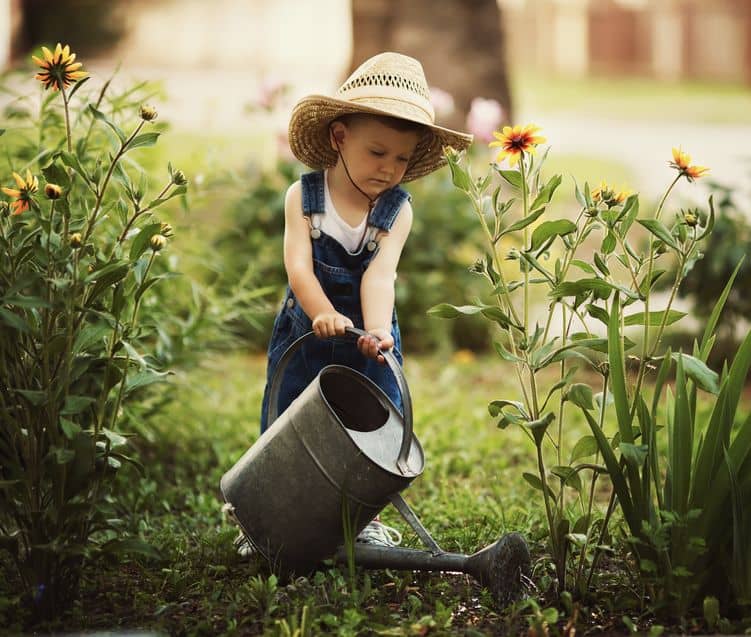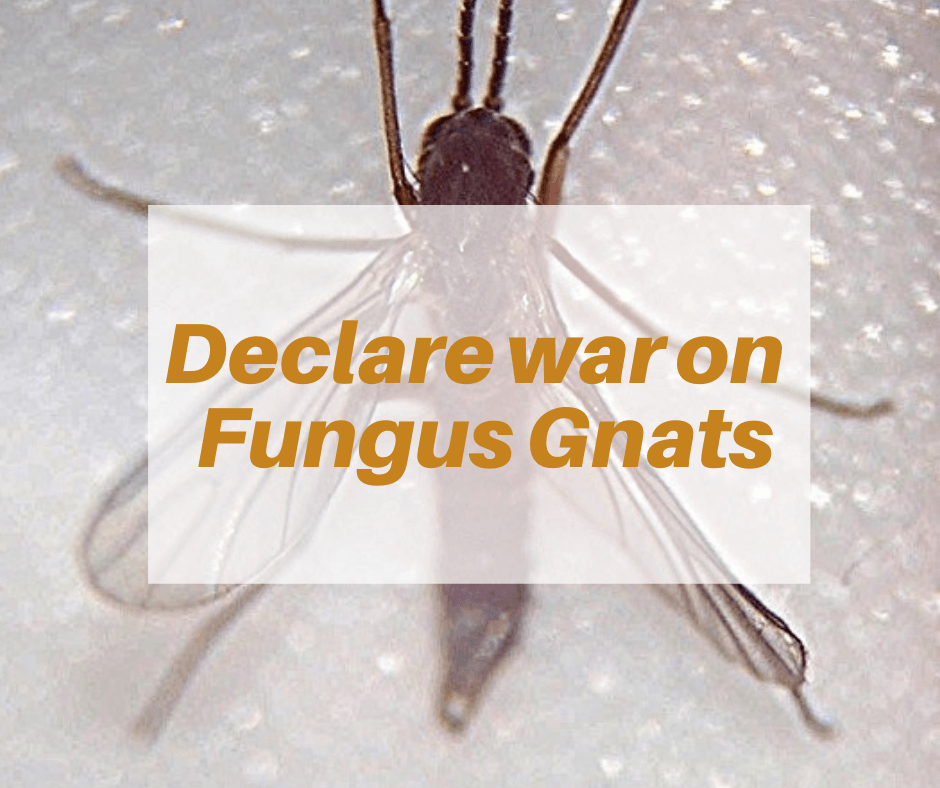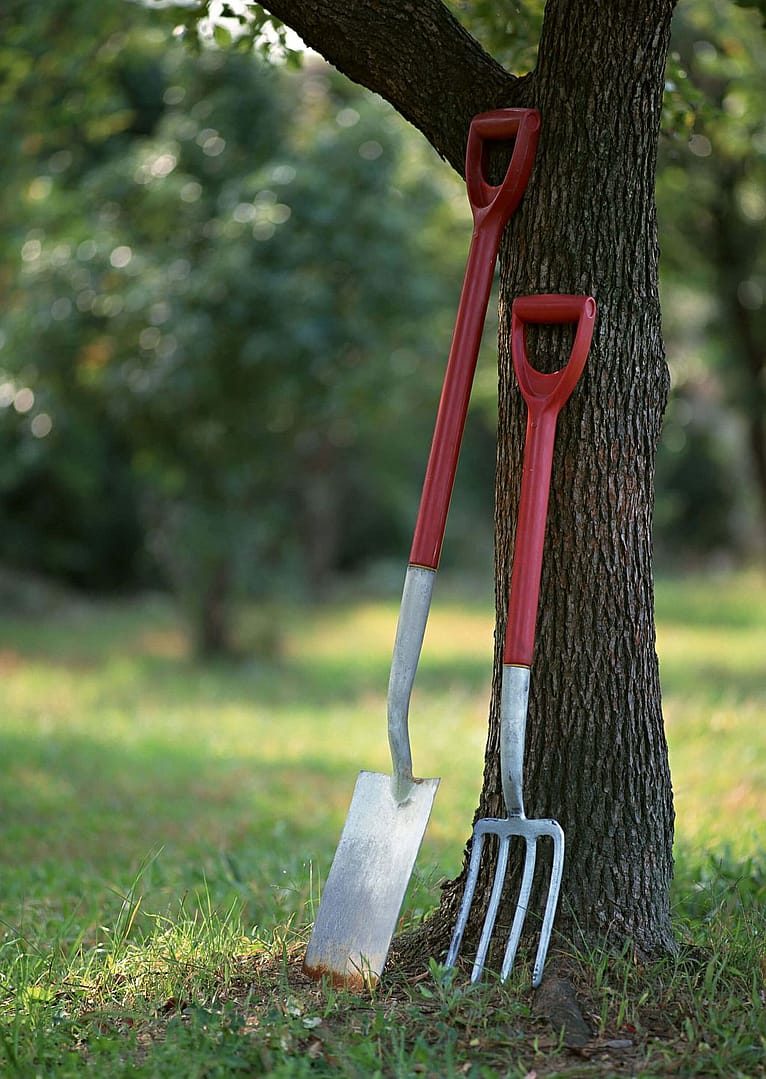This post may contain affiliate links. As an Amazon Associate we earn from qualifying purchases.
Every avid gardener has a favorite basic tool used for gardening (or two) – the one they swear by, recommend to friends and purchase over and over. In fact, the worst day in many a gardener’s life is when a company stops manufacturing their favorite tool.
Readers often email us with questions regarding the best gardening tool for a particular job or which tools we swear by.
Thus, we put together a list of basic tools that every gardener should have. We think this is of particular interest to the new gardener.
Ok, let’s dig in.
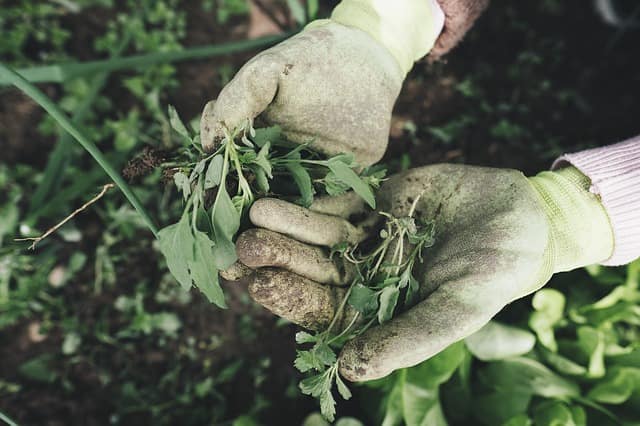
Garden gloves
Let’s start the discussion of basic garden tools with the one “tool” you’ll use the most and that’s garden gloves. But, if you’re like me, you won’t own just one pair because one pair can’t possibly perform well in all aspects of gardening.
Gloves are a deeply personal preference. I have several pairs that I use according to the work I’m performing. My all-around favorites are these cheapy Digz gloves. I so hope they never stop making this particular line in their collection. I love that they’re flexible yet rugged.
The palm and fingers are made of “Chamude® synthetic leather.” I don’t quite know what that is, but I can tell you I can wear these gloves for the entire season without a finger poking through the end of the gloves.
Sure, the synthetic leather wears off after heavy, prolonged use, but, at around $11, it doesn’t hurt to buy a new pair each season and I have yet to experience an actual hole in the glove. Even when the “leather” wears off.
Some gardening tasks, however, call for a heavier glove. I’ve talked about my run-in with rose thorns in the past (and my subsequent hospitalization). If I could wear iron gloves when working with roses I would.
Instead, I have tried several brands of “puncture-proof” gloves and they all seem to be about the same, with the exception of my latest find, these rose pruning gloves that I bought at Amazon.
The sellers claim they’re puncture-proof, but don’t rely on that. Although I’ve yet to get poked, I always use caution when sticking my arm into a mature rose bush – ALWAYS.
No, I don’t know if they’re suited to picking blackberries. Sorry.
If you’re overly cautious like me, you might also consider animal-handling gloves. Although they’re reinforced with Kevlar, I wasn’t sure they’d be flexible enough. If you purchase them, let me know how they work out for you. You can get them at Amazon.com.
Finally, you’ll need gloves for the job we all despise: weeding. Get anything BUT nitrile or latex gloves for weeding. I’m not in the habit of cussing out people I have never met, but when weeding with nitrile gloves I found myself doing just that.
The weeds STICK to these (and rubber- or latex-palmed gloves). I use a large bin when weeding — so I pick and throw them in the bin. Not with these gloves on. There’s the extra step of wiping the weeds that are stuck to the gloves. In fact, I find no use in any aspect of gardening for these gloves.
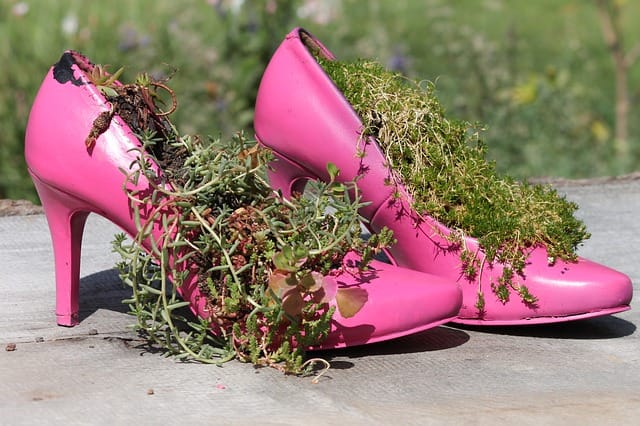
Gardening shoes
Gardening shoes may not seem like they fit among the “basic tools used for gardening,” but they do. It is challenging, at best, to spend a decent amount of time in the garden when your feet are wet or you’re sliding around in the muck because you’re not wearing appropriate gardening shoes.
When I first took up gardening, I wore my sneakers. Bad idea. They just aren’t made to hold up to the mud and other gunk that gardening throws their way.
Get yourself a decent pair of gardening shoes. What you wear in the spring, by the way, may not be suited for summer gardening. We review footwear for mucky spring gardening, here.
Overall, your gardening shoes should have two qualities: they should be comfy and they should be waterproof. I have a personal preference as well: they must be easy to slip on and off. I leave mine at the backdoor and I refuse to sit down and tug to get my shoes off.
Like gloves, you may be replacing your gardening shoes frequently. One of my favorite pairs for summer gardening I purchased at Walmart for about $5. They lasted me through two seasons. And that was heavy use.
Naturally, they don’t carry them any longer.
I’m trying a new pair this season that I purchased (where else?) at Amazon.com. I wish I could review them but I haven’t worn them enough. So far, they’re quite comfortable and they slip on and off easily. Check them out here.
My biggest concern is that they aren’t breathable like my Walmart specials. It gets extremely hot here in the summer and my feet need air. So I also picked up a pair of water shoes made by Speedo, also available at Amazon, here.
Tools for cutting stuff
Hand pruners (sometimes referred to as secateurs) are a must-have, basic tool for gardening, ideal for pruning wood that is less than ¾-inch in thickness. But, that’s not all they’re used for. They’re also handy for:
- Controlling plant size.
- Training young plants (and often, mature plants, such as climbing roses) to grow the direction you want them to grow.
- Promoting flowering and fruiting.
- Rejuvenating old plants.
Again, when it comes to pruners, gardeners have their preferences.
My main preference is that they must be sharp. Then, I prefer bypass pruners to the anvil type. The latter tend to crush soft stems instead of the neat cut provided by bypass pruners (which are actually more like scissors).
Hand pruners (sometimes referred to as secateurs) are ideal for pruning wood that is less than ¾-inch in thickness. But, that’s not all they’re used for. They’re also handy for:
- Controlling plant size.
- Training young plants (and often, mature plants, such as climbing roses) to grow the direction you want them to grow.
- Promoting flowering and fruiting.
- Rejuvenating old plants.
Again, when it comes to pruners, gardeners have their preferences.
My main preference is that they must be sharp. Then, I prefer bypass pruners to the anvil type.
The latter tend to crush soft stems instead of the neat cut provided by bypass pruners (which are actually more like scissors).
When it comes to pruning shears, I believe in quality so I don’t skimp. I like the Felco F-2 hand pruner. A less expensive option are the Corona 3180 pruners. They’re heavier than the Felcos but get the job done. Check them out at Amazon.com.
We review pruning shears, here.
Snips
Our snips get a workout almost daily as the season heats up. Use them for more delicate pruning jobs, such as deadheading, snipping stems or clipping herbs. Fiskars wins in this category. Their Micro-Tip® Pruning Snips are sharp, comfortable to use and easy to keep clean.
Pruning saw
When the stuff you want to cut is too much for pruners to handle, you’ll need a pruning saw. You’ll find an assortment of shapes, some with curved blades, some with straight. Some have tons of teeth, others have few – depending on the job you need to do.
The fine-toothed saw removes smaller branches (up to 2.5 inches thick) while the coarse-toothed saw will help you attack those thicker branches.
We review hand saws here. For the record, the Zilky Zubat is a beast. It’s a Gardenologist favorite.
As you progress into your gardening hobby, you’ll want to pick up some loppers, hedge clippers and other cutting tools. But, for right now, pruners, snips and a hand saw will get you off to a good start.
Tools
You’ll need some basic tools, both long-handled and hand tools.
Long-handled gardening tools
Shovel
Many new gardeners confuse shovels and spades. While both of them will help you dig a hole, they aren’t the same tool.
The most obvious difference between the two is that the shovel has a broader, pointed scoop. The spade is narrower and has a square scoop (see the photo, above).
Note the handles in the photo. The handle is as important as the scoop. My favorite shovel is so old that the wooden handle is loaded with splinters. A shove like the one above is my next purchase.
Shovels are better for breaking through hard soil, so start your long-handled tool collection with a shovel. Down the road you may want to invest in a spade as well.
Rake
One of my first tools as a beginner was a rake. It came in handy for leveling beds, spreading soil amendments, etc. But when it came to raking debris from the soil it was an utter failure.
In other words, you’ll need two rakes: a leaf rake and a bow-style garden rake.
Garden fork
One online writer says to “Picture the ‘American Gothic’ painting or Eddie Albert from ‘Green Acres.’
Please don’t. Both of the men in those works are holding pitchforks – which serve an entirely different purpose from a gardening fork.
Pitchforks (which typically have three tines) are for pitching – you know, throwing hay and stuff.
In fact, gardening forks is a catchall term for a number of different tools for different purposes.
Look for a digging or spading fork. These tools are ideal for mixing in soil amendments, turning the soil and other tasks. They typically have four tines that are triangular shaped.
Hand tools
Trowel: Ideal for transplanting small plants into the garden.
Weeder: Hand weeders – such a marvelous invention.
Fork & Mattock: On first look, it may seem like you won’t get much use out of this tool but, believe me, you’ll frequently depend on it. On one side is a mattock, which is ideal for breaking up hard soil or as a lever to dig stones out of tight spaces.
The fork on the other side is also ideal for tight spaces to cultivate soil and even mark out small holes for seeds.
These three hand tools are all you need to get started. Use your gloved hands in place of a hand rake (works better anyway). You can pick up one of those later, if you feel you need it.
Bucket or Tub
I use two: one to hold the hand tools, irrigation tubing or drip heads, etc. on the trip to the garden. The other I use for all the junk I inevitably end up picking up or pulling up.
Ensure it’s large and that it has handles.
Kneeling pad
I probably should’ve put this up at the top – it’s an important tool and it will get a lot of use. There are different sizes and shapes of kneelers.
Gardener’s supply has one that can be used for both kneeling and sitting. Personally, I don’t like it because it puts me too high above the soil, so I found myself bending more than I like. If it sounds like something you might like, check out their Garden Kneeler video at Vimeo.com.
Consider your physical needs so that you buy something that you can be comfortable sitting or kneeling on. I like to sit a lot so I need the widest kneeling pad I can find and prefer a bit of extra padding. The tiny mats and pads are useless as far as I’m concerned.
You’ll find the one I use, here at Amazon.com. In all honesty, I’ve been toying with creating my own, because this one is still not as wide as I’d like.
Hose
I saved the worst for last. Hoses are the bane of my existence. If I find one that doesn’t spring a leak shortly after purchasing it, it kinks, or the coupling comes loose or some other problem creeps up.
Those expandable garden hoses? They get rave reviews on Amazon and I can’t for the life of me figure out why. They are simply dreadful, in my opinion.
Kinking hoses drive me mad, though, so that’s my main priority when shopping for a hose. I have several around the house (front yard, backyard side yards, etc.). I’m listing them but not because I’m particularly happy with them.
Like a garden kneeler, I’ve yet to find a garden hose I’m ecstatic about. But, they get the job done.
Flexon Coil Hose: I’ve had this since February of 2018 and it’s still going strong. Find it here, at Amazon.
Steel hose: Also available at Amazon, I use this in my side yard.
Briggs & Stratton Heavy Duty rubber garden hose: The backyard workhorse. I bought the longest one I could find (100 feet, but they have shorter lengths as well) to get to the far corners of my backyard. It’s still not as long as I’d like, but it does well enough.
If you buy this one, remember to always wear gloves when you work with it because the black from the hose ends up all over my hands. Check it out, here.
More things to consider as a beginner
Soil and amendments are among the most basic “tools” used for gardening. Have at least one bag of the following on hand:
Compost or manure
Potting soil
Garden soil
Perlite
Consider these as well:
All-purpose fertilizer – We like this one, from GreenView
Fungicide – Eagle Fungicide, available at Amazon.
Pest control – Safer Pyrethrin and Insecticidal Soap Concentrate; Southern Ag Triple Action Neem Oil
Feel free to reach out to us if you have any beginner gardener questions. We’re happy to help.
In the meantime, happy gardening!
